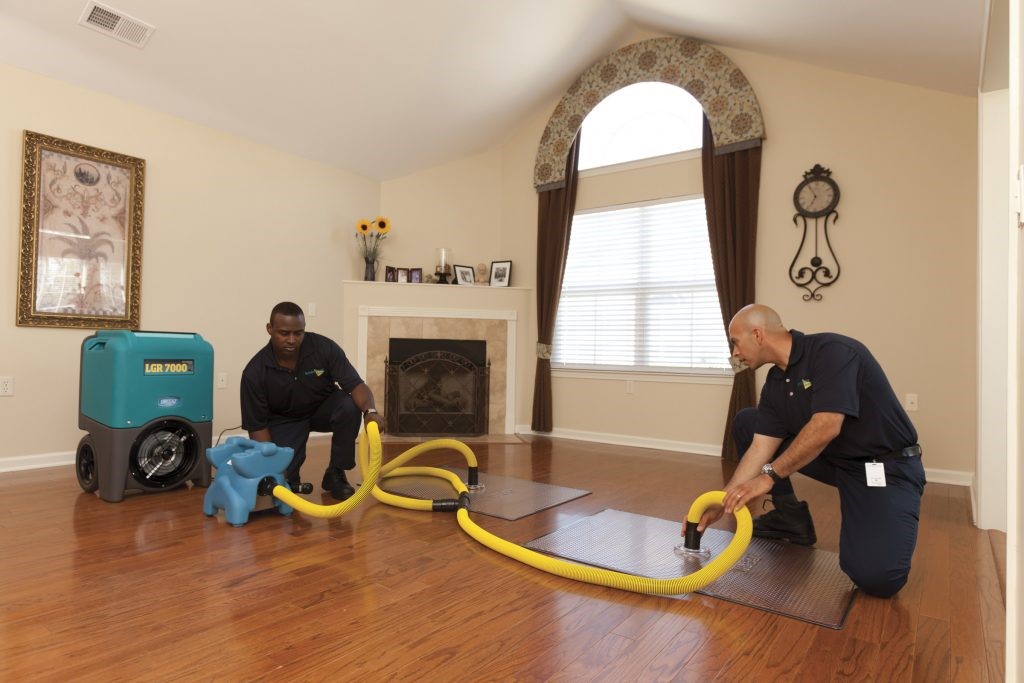Water damage and sewage backups can be overwhelming and challenging to deal with. However, with the right knowledge and approach, you can effectively overcome the onslaught and restore your home to its pre-damage condition. In this user-friendly guide, we will provide you with practical tips on how to remediate water damage and sewage backups, so you can take control of the situation and restore your home.
- Act Fast
Time is of the essence when it comes to water damage and sewage backups. The longer the water or sewage sits, the more damage it can cause to your home and belongings, and the higher the risk of mold growth and health hazards. Therefore, it’s crucial to act fast and take immediate steps to remediate the situation. Here’s what you can do:
- Turn off the water source: If the water damage is due to a burst pipe or a malfunctioning appliance, turn off the water source to prevent further flooding.
- Call a professional restoration company: It’s best to call a professional water damage company as soon as possible. They have the expertise and equipment to handle the situation safely and effectively. Time is critical, so don’t hesitate to seek professional help.
- Prioritize Safety
Water damage and sewage backups can pose safety risks due to potential hazards, such as electrical issues, contaminated water, and structural damage. Therefore, prioritizing safety is essential during the remediation process. Here’s what you can do:
- Turn off electricity: If there are any electrical hazards, such as exposed wires or electrical outlets submerged in water, turn off the electricity to the affected area and seek professional help.
- Wear protective gear: When dealing with contaminated water or sewage, it’s crucial to wear appropriate protective gear, such as gloves, goggles, and masks, to prevent direct contact with the contaminants.
- Use caution on wet surfaces: Wet surfaces can be slippery, so use caution when walking or working on wet areas to prevent falls or injuries.
- Remove Standing Water
Removing standing water is a critical step in the remediation process. Standing water can cause further damage to your property and promote mold growth. Here’s how you can do it:
- Use pumps or wet/dry vacuums: Use pumps or wet/dry vacuums to remove standing water. Follow the manufacturer’s instructions and use appropriate safety precautions.
- Dry out the area: After removing standing water, use fans and dehumidifiers to dry out the affected area thoroughly. Proper drying is crucial to prevent mold growth and further damage.
- Clean and Disinfect
Cleaning and disinfecting the affected areas is essential to remove bacteria or contaminants that may have been left behind by the water or sewage. Here’s how you can do it:
- Clean with mild detergent: Clean all affected surfaces with a mixture of water and mild detergent to remove dirt and debris. Use a soft brush or cloth to gently scrub the surfaces.
- Disinfect with appropriate solution: Follow up with a disinfectant solution to kill bacteria and prevent mold growth. Use a solution that is appropriate for the type of water or sewage involved. For contaminated water or sewage, it’s best to use a disinfectant that is specifically formulated for such situations.
- Restore and Repair
Once the cleaning and disinfection process is complete, it’s time to restore and repair the affected areas. This may involve repairing or replacing damaged materials, such as drywall, flooring, and furniture. Here’s what you can do:
- Work with professional contractors: Assess the extent of the damage and determine which materials need to be repaired or replaced. Work with professional contractors who have experience in water damage restoration and sewage cleaning to ensure proper restoration and repair.












